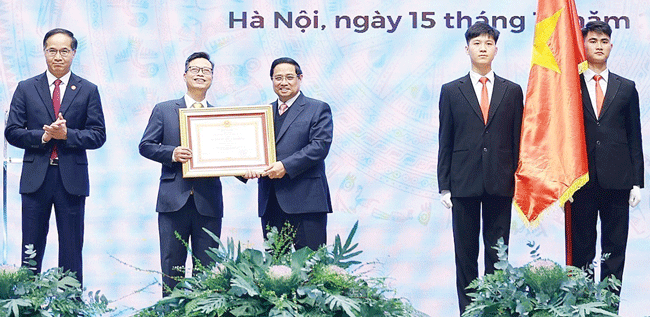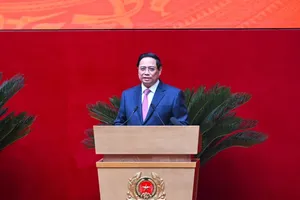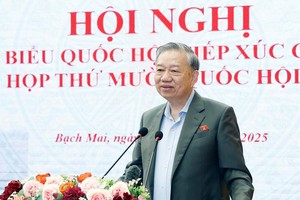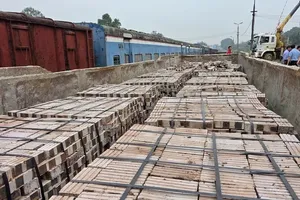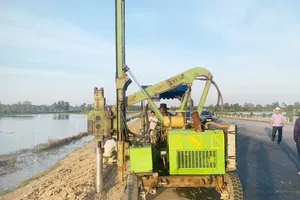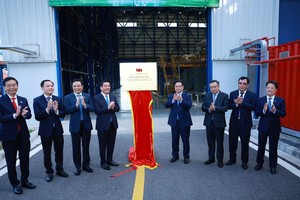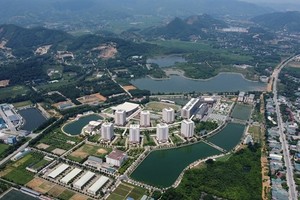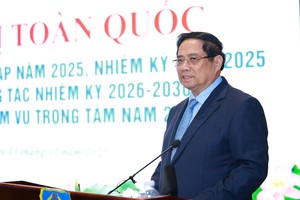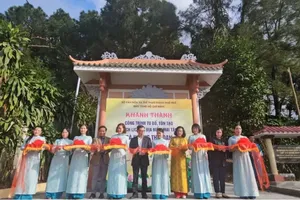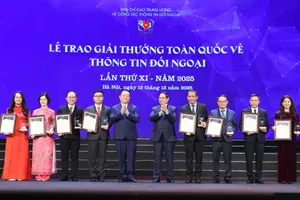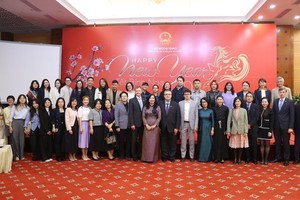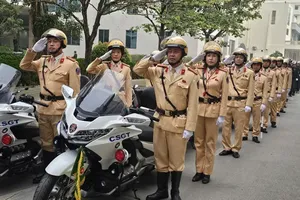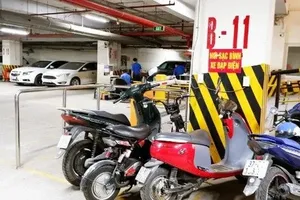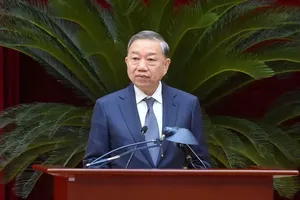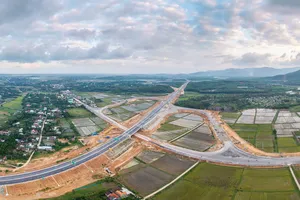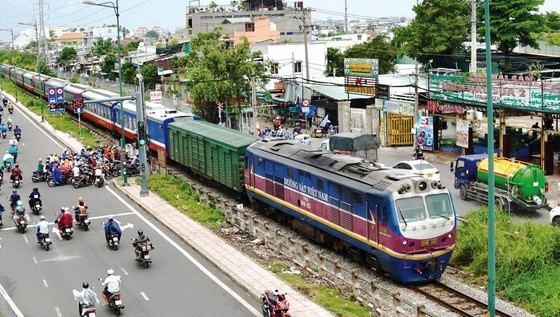 |
Illustrative image (Photo: sggp.org.vn) |
Robust business results
The Hanoi Railway Transport Joint Stock Company (Haraco) reported a profit of over VND97 billion (US$4 million) during January – September, a year-on-year surge of 177.9 percent. Meanwhile, the Sai Gon Railway Transport Joint Stock Company gained over VND80 billion in profit, accounting for 210 percent of the figure recorded at the same time last year.
This is an encouraging sign for the industry as train operators hit rock bottom from 2019 to 2021. This was the railway sector's toughest-ever period as they ran the risk of grinding business to a halt due to mounting losses.
The sector has got back on track with the operation of five-star trains on the Hanoi – Ho Chi Minh City (Reunification Express), Sai Gon – Nha Trang, and Hanoi-Sa Pa lines. Most recently, a pair of luxury trains connecting Hanoi with Da Nang went into service on October 20. With the carriage interiors and exteriors refreshed, and sleeper cabins designed with elegant style and equipped with new blankets, sheets, pillows, and curtains, the trains are widely expected to attract more passengers, especially foreign tourists.
General Director of the Vietnam Railway Hoang Gia Khanh described the British travel guide Lonely Plant’s listing of the Reunification Express among the world’s most incredible train journeys as an advantage that the railway sector needs to capitalize on.
In fact, train operators have channeled focus on upgrading services to lure more passengers to the line, he said.
The industry’s update of new technologies has offered passengers a new experience. With a quick scan of the provided QR codes, they are able to access a website and seek out 34 cities and provinces with train routes.
Passengers have been impressed with the launch of the executive lounge with a private boarding entrance at Hanoi Railway Station and several large stations across the country.
Infrastructure upgrade needed
Despite robust signs, the railway is yet to compete with road and air transport, said Deputy Minister of Transport Nguyen Danh Huy.
He suggested the sector make an investment in infrastructure upgrade while waiting for capital for the high-speed railway, elaborating the move will help it maintain its foothold as the key transport sector of the country.
He said the renovation of railway infrastructure lays a foundation for the sector to fine-tune its service quality in the transport of both passengers and goods.
In the coming time, railway enterprises will enhance container freight train service and better engage in the global logistics chain, with transport costs adjusted to attract customers.
Additionally, it will provide international freight service at eight stations, namely Dong Dang (Lang Son), Lao Cai, Yen Vien (Hanoi), Kep (Bac Giang), Song Than (Binh Duong), Kim Lien (Da Nang), Dieu Binh (Binh Dinh), and Trang Bom (Dong Nai), where goods will undergo customs clearance procedures.
The Government has issued Resolution No 178/NQ-CP on an action plan for implementing the Politburo’s Conclusion No 49-KL/TW on the development orientation of Vietnam's railway transport to 2045.
The action plan sets out tasks including perfecting institutions and policies, completing railway planning and related plans and mobilizing resources to invest in rail transport. From 2025 to 2045, the Ministry of Planning and Investment is authorized to prioritize the allocation of medium-term and annual State budgets to invest in railway infrastructure, especially in the North-South high-speed railway project, while the Ministry of Finance should give priority to increasing State budget allocation for railway infrastructure maintenance.
From 2023 - 2045, the Ministry of Transport is assigned to call on economic sectors to participate in railway business and transport support services.
In the conclusion issued in February on orientations for railway transport development by 2030 and a vision to 2045, Politburo identified the North-South high-speed railway as the backbone railway of the country. The conclusion’s objective is to complete the approval of the investment policies of the North-South high-speed railway project and start the construction of priority sections in 2026-30, including the Hanoi - Vinh section and the Ho Chi Minh City - Nha Trang section.
According to the feasibility report, the project will pass through 20 provinces. It will encompass of total length of 1,545 km, with a maximum operating speed of about 320 km per hour. The total estimated investment of the rapid transit project is about US$58.71 billion.
Vietnam currently has 2,440km of railway running throughout the country.
